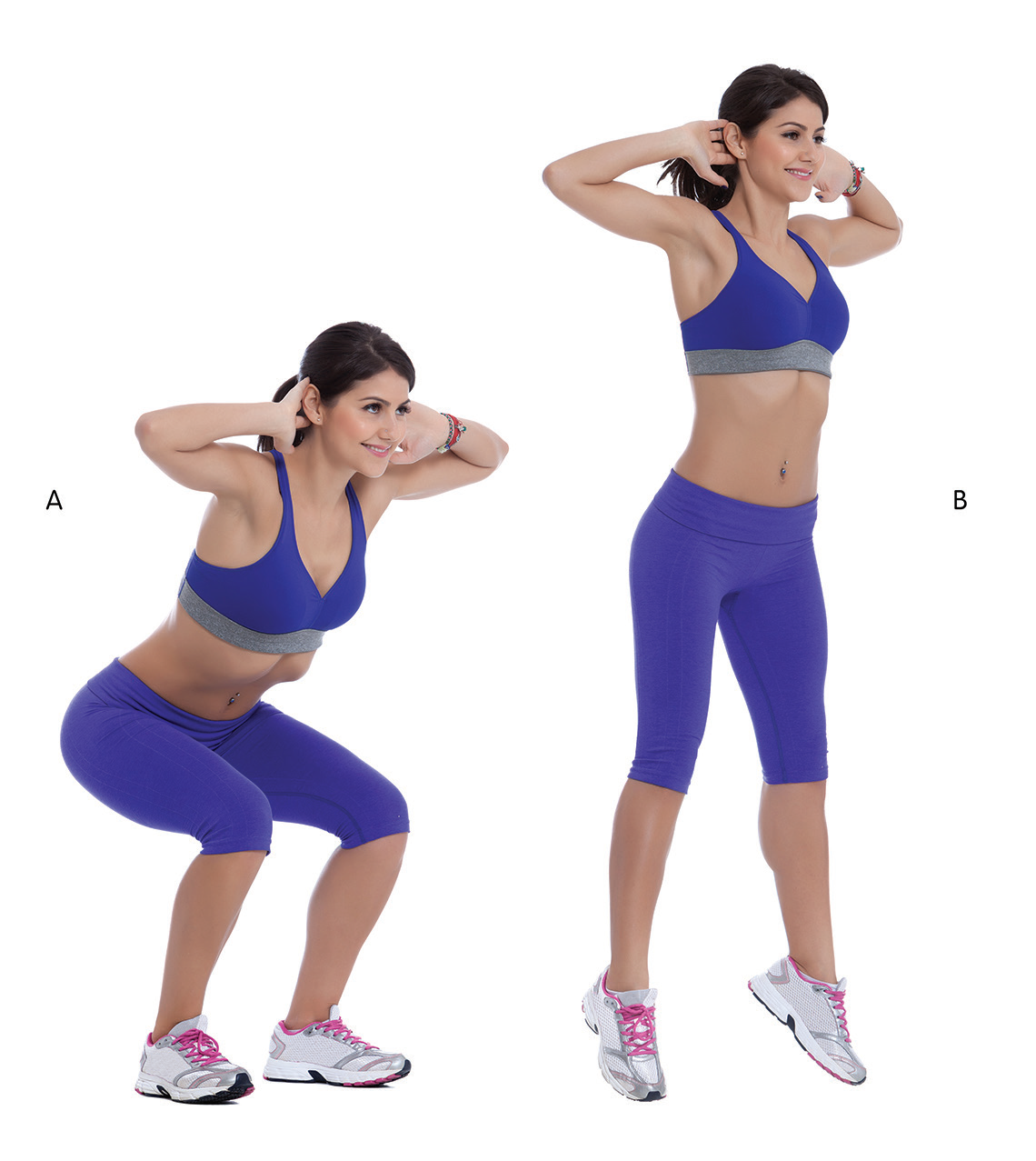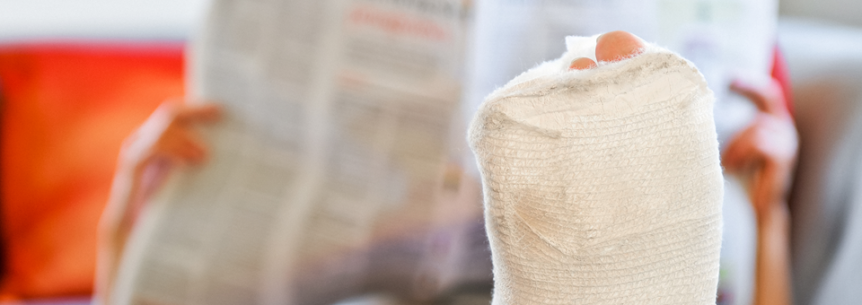You’ll never hear that cardio is bad for you from traditional doctors. But it is. And particularly bad for your bones.
Let me give you an example… For decades, Bill Rodgers was a record-breaking long-distance runner. Nicknamed the “Marathon Man,” this former Olympian was ranked the No. 1 runner in the world three times.
But while training for a race, Bill’s leg gave out and he crashed to the ground. He broke his tibia. He’d been running for weeks with a stress fracture.
Bill looked like he was in peak physical condition. But he had a bone density score that put him at a big risk for fractures and osteoporosis.
Bill and his doctors were shocked. But I wasn’t surprised. It’s typical of someone who does cardio.
“Cardio” is short for cardiovascular endurance training. It’s the idea that you have to raise your heart rate for a long time.
Cardio goes against how your body was built to move. It’s bad for your lungs, heart, muscles — and bones.
Recent research shows that people who do cardio have a higher risk for developing osteoporosis.1 In fact, studies on Olympic athletes found that they are 33% more likely to have higher levels of bone loss than non-athletes!2
The solution to building strong bones is to shorten the duration of your exertion but increase the challenge.
My PACE program will help you do that — in only 12 minutes. Not the 30 minutes “experts” say you need.
PACE stands for Progressively Accelerating Cardiopulmonary Exertion. The concept is simple: short, progressively accelerated bursts of intense exercise followed by rest. It’s not “how long” you work out, but “how intensely” you exert yourself.
And it’s proven to repair and rebuild your bone density.
PACE Your Way to Bones That Last a Lifetime

Jump squats help strengthen and build bones.
One of the fastest — and most effective ways — to stimulate bone growth is with a type of exercise called plyometrics. Some people refer to it as jump training.
When you do these moves, you bend your bones slightly. It sounds painful. But it helps lay down new bone tissue. Plus, the shock of landing on the ground promotes new bone growth. My favorite is the jump squat. Here’s how you do it:
- Start with your body crouched, feet together, hands behind your head with elbows out.
- From this position, straighten your legs and jump upward as high as you can.
- Once you have landed, return to your original starting position and repeat.
It’ll take you a few sessions to build up your stamina. Start slowly. Build up your strength and endurance gradually. Rest and recover between sets.
To Your Good Health,
Al Sears, MD, CNS
1. Hong Ram A and Kim SW. “Effects of resistance exercise on bone health.” Endocrinol Metab. 2018;33:435-444.
2. Pollock N, et al. “Bone-mineral density and other features of the female athlete triad in elite endurance runners: A longitudinal and cross-sectional observational study.” Int J Sport Nutr Exerc Metab. 2010 Oct;20(5):418-426.

